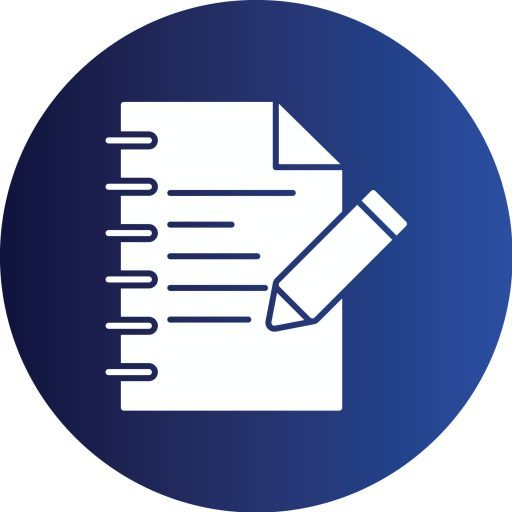A communication plan is essential in building an equitable classroom. Educators build pathways to communicate with students, families, peers, and community members that support two-way interactions. Often, challenging situations and communication barriers arise and when an educator has a plan in place, they are prepared to deal with tough discussions and situations. Ultimately, when educators effectively communicate, students are more likely to succeed.
Imagine recently that your school community has experienced a large number of absences for extended periods of time. Your administration is asking each teacher to develop a plan for how to successfully manage a hybrid learning environment. This plan will allow students, families, and teachers to work together to support students who need to be absent for extended periods of time but can participate virtually, while still supporting the on-campus students.
Create a 1,000 word success plan for a hybrid learning classroom that encompasses classroom management and communication. Include the following information in your plan:
Describe your classroom management philosophy and the components that are essential in both the physical and digital learning environments to create a safe and welcoming learning environment that supports all students’ mental, social-emotional, and physical health needs.
Explain your classroom expectations when students are in both the physical and digital learning environments and include at least two examples of appropriate student expectations in each environment type. Describe how the expectations promote positive, safe relationships, high expectations, and equity for all students.
Provide two strategies for each learning environment (physical and digital) that promote and extend students’ opportunities to collaborate and communicate with peers through multiple modes and forms of communication.
Explain why communication and collaboration with all stakeholders are important and how they influence student learning.
Describe how you will regularly assess and adapt your classroom management plan in response to multiple stakeholders, taking into consideration diverse learning needs (e.g., students with exceptionalities, English language learners, and accelerated learning).
Provide 2-3 strategies for collaborating and communicating with students, families, colleagues/peers, administration, and members of the community to support student development, achievement, and well-being.
Discuss how you will advocate for students, families, the school, and the community to strengthen the hybrid learning environment, promote success for all students, and demonstrate leadership.
Be sure your success plan includes an introduction and conclusion, as well as a clear position and purpose throughout.
Support your plan with 3-5 scholarly resources.

